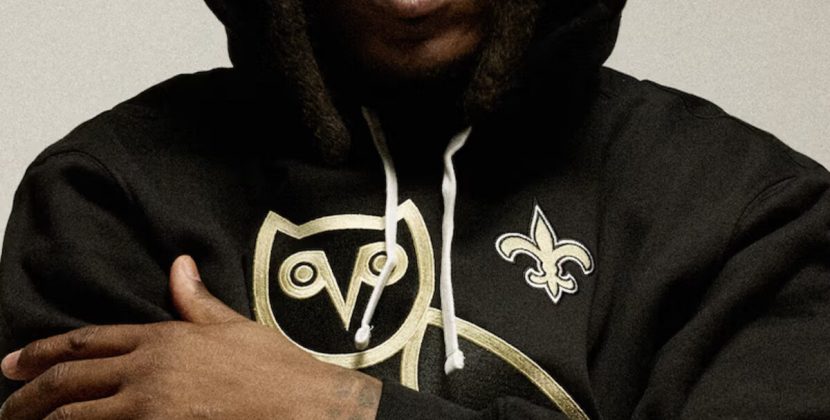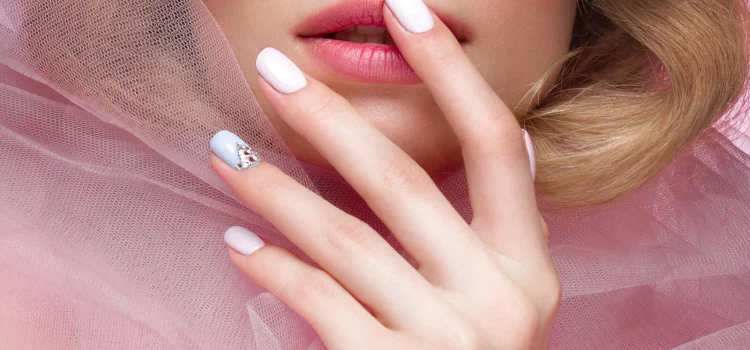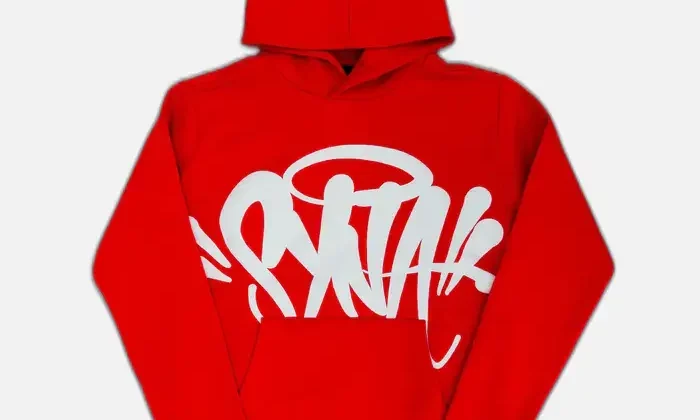
Introduction
In the grand scheme of human survival, the necessity of nails is a matter of context. Unless one’s survival hinges on the ability to harvest fruit from the lower branches of trees, nails—both fingernails and toenails—may be considered non-essential. While these keratinous structures serve practical purposes, they do not hold the same life-sustaining significance as vital organs like the lungs.
Anatomy of Nails
Understanding the intricate anatomy of nails unveils the complexity of these seemingly simple structures. Breaking down the components:
Fingernail Anatomy
- Nail Plate: The visible, hard surface of the nail.
- Nail Bed: A layer of skin beneath the nail plate.
- Cuticle (Eponychium): The rim of tissue at the base of the nail plate.
- Nail Folds: Ridges of skin and soft tissue surrounding the nail on three sides.
- Matrix: The hidden part beneath the cuticle, composed of living cells producing keratin.
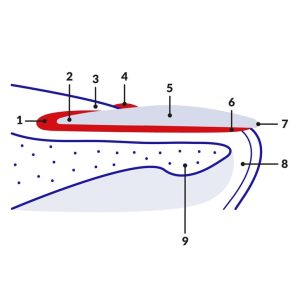

Evolutionary Perspective
Why do we have fingernails?
- Modified Claws: Nails are believed to be evolutionary adaptations of claws, initially used by large mammals for climbing and grabbing.
- Support for Broad Fingertips: As primates, including our evolutionary ancestors, grew larger, nails supported the development of broad fingertips crucial for gripping.
- Tool Use: The transition from tree-dwelling to cave-dwelling led to broader fingertips, facilitating tool use. This skill eventually evolved into complex tasks, including assembling flat pack furniture.
Why do we have toenails?
- Claw Evolution: Similar to fingernails, toenails started as claws, providing grip during tree-climbing.
- Protective Function: Toenails, like fingernails, have a protective role, preventing injury to delicate tissues beneath.
- Balance Assistance: Some evidence suggests that toenails contribute to balance by ensuring consistent contact of toe sensors with the floor.
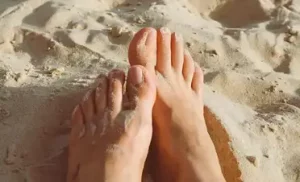
Other Uses of Nails
Beyond their evolutionary origins and anatomical functions, nails have multifaceted uses in our daily lives:
- Aesthetic Enhancement: Nails can be adorned with varnish for aesthetic purposes.
- Practical Tasks: Nails aid in practical tasks such as opening containers without getting hands messy.
- Health Insights: The appearance of nails can provide clues to underlying health issues, with signs like pitting indicating skin conditions and discoloration signaling potential fungal infections or systemic health concerns.
Conclusion
In the intricate tapestry of human existence, the role of nails, both fingernails and toenails, transcends mere functionality. While not essential for survival in the traditional sense, these keratinous structures carry a rich evolutionary history, offering insights into our primate past. Understanding their anatomy reveals a complexity that goes beyond the surface, involving nail plates, beds, cuticles, and matrices. From modified claws aiding in climbing to supporting the development of broad fingertips for tool use, nails have been integral to our evolutionary journey.
Moreover, nails extend their influence into the practicalities of daily life, from aesthetic enhancements with nail varnish to aiding in everyday tasks. Their appearance even serves as a diagnostic tool, providing subtle clues to our overall health. As we navigate the nuances of existence, it becomes evident that nails, often taken for granted, contribute in multifaceted ways to the human experience.

